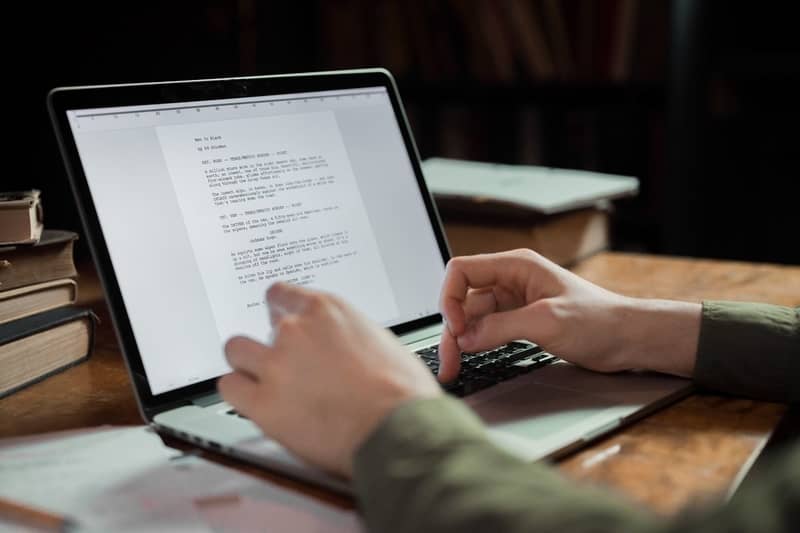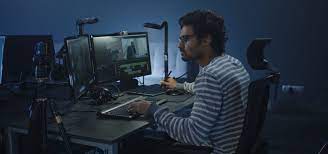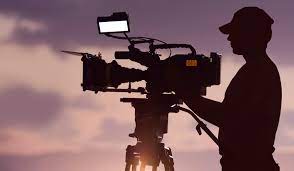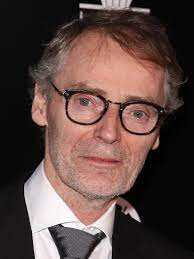Role 1-Sound
Job description: Responsible for creating the sound and blending and editing sounds in post-production. This includes creating diegetic (sounds that would naturally occur within the scene), such as Foley and ambient sounds, and non-diegetic sounds (would not naturally occur in the world), such as underscore and narration. These are edited into the film to for reasons such as creating verisimilitude and enhancing the tone or narrative of the film. As well as using J and L cuts for reasons such as creating more natural dialogue.
Inspirational Professional: John Williams is one of my inspirations, as he is responsible for creating the sound in many films, such as Jaws, Jurassic Park and the Star Wars franchise. He uses leitmotifs for characters such as Darth Vadar and Jaws, create the tone of the character, as well as making the audience anticipate them and fear what is to come, only through use of sound. Additionally, throughout Jaws sound causes the audience to feel tense and on edge, often in times where there is no visible threat within the scene, using asynchronous sound, so the sound creates all the fear within the scene. This is present in other horror films such as The Shining. Therefore, sound is an important element of film, as without it, films such as horror would be much less frightening and impactful. Additionally, the sound use in Dunkirk by Hans Zimmer is an inspiration to me, who also used leitmotifs to create the tone and link themes such to the film. As well as his use of his use of the Shepard’s Tone, where it sounds as if the sound is getting constantly higher or lower, to create a tense tone.
Role 2-Editor
Job description: Responsible for deleting, arranging and splicing film shots together, assembling all the shots to bring the film together during post-production. Using techniques such as match cuts, J and L cuts, the Kuleshov effect and different methods of montage to create the overall tone and pace of the film, as well as making meaningful connections between shots.
Inspirational Professional: Edgar Wright’s films are inspiration to me because the editing in his films are often fast paced and engaging, through using quick cuts. This is demonstrated through many of his films but a good example is Scott Pilgrim vs the World, where match cuts, especially graphic matches often used for transitions, are used to create a fast paced and engaging film, as well as being used to enhance the comedy, which he uses in many of his films. Additionally, the editor Tom Cross, who edited films such as Whiplash and La La Land, using techniques such as rhythmic montage to create intense scenes, such as the final scene of Whiplash where the cuts are matched to the fast paced music.
Role 3-Screen Writing
Job description: Responsible for creating the narrative through writing the script/screenplay for a film. As well as creating and developing the characters and plot points within the film. They also create important elements of the story, such as coming up with the main themes and ideas of the film. These main ideas have to be engaging for the film to actually succeed.
Inspirational Professional: I have many screenwriting inspirations, such as films that use foreshadowing in the screen writing to cleverly hint at what is to come in the narrative. Screen writing for films such as Hot Fuzz inspire me as they use this foreshadowing, as well as using screenwriting to enhance the comedy. This is additionally present in films such as Taika Waititi’s screenplay for Hunt For the Wilder People, which has comedic moments but also more serious and emotional moments. Taika Waititi does this within his screenwriting in many of his films such as Jojo Rabbit, which makes him one of my inspirations. As well as this, all of these films also include great examples of interesting, complex and well developed characters, such as Jojo in Jojo Rabbit and Ricky Baker in Hunt for the Wilder People.




















